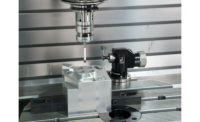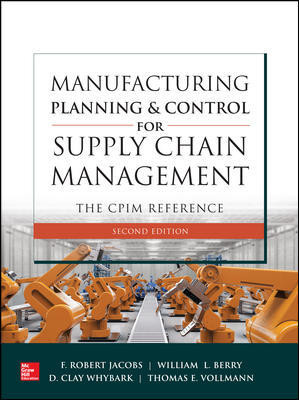Quality Headline
The Aging of the Manufacturing Workforce

According to the National Association of Manufacturers’ most recent outlook survey, attracting and retaining a quality workforce constitutes one of the top challenges facing the manufacturing industry.
Amid an extended economic expansion and record-low U.S. unemployment, the manufacturing industry faces a labor shortage exacerbated by the aging of the manufacturing workforce and gradual retirement of the baby boomer generation—as of 2017, nearly one-quarter of the sector’s workforce are age 55 or older. Recognizing that a quality workforce is crucial to productive and successful business-es, manufacturers have responded to the scarcity of suitable workers in a variety of ways, including boosting recruitment efforts, adopting new technologies and taking steps to retain and maximize the productivity of their older workers.
Through a survey of manufacturers and a series of interviews with industry leaders, The Manufacturing Institute has sought to learn more about this response. This report distills the findings of that re-search process, evaluating the extent to which the manufacturing sector is aware of the aging of its workforce, the nature of the industry’s concerns surrounding this demographic shift and how manufacturing firms have adapted to this trend.
To that end, Section I of this report provides a review of relevant literature to address the scope of the issue and place it in the broader context of the aging American population and workforce. Section II uses survey results and information obtained in interviews to evaluate the degree to which manufacturing firms are aware of the sector’s aging workforce and the nature of the concerns that have risen as a result of this demographic change. Finally, Section III relies on insights obtained through interviews with industry leaders and context provided by the survey to share best practices that have enabled manufacturing firms to successfully navigate the aging of the workforce.
Key findings of the report include:
• Most manufacturing firms are both aware and concerned about the aging of the manufacturing workforce. Almost all (97 percent) survey respondents report being aware of the issue, and the vast majority (78 percent) indicate that they are very or somewhat concerned about this change.
• Manufacturing firms are particularly concerned about brain drain (i.e., the loss of institutional and technical knowledge): 97 percent of firms express at least some concern about brain drain and almost half of firms indicate that they are “very concerned” about the issue. Survey results also show that many firms are concerned about a shortage of labor, declining productivity, and rising costs.
• Firms across the manufacturing sector are taking steps to mitigate the impact of the aging workforce on their business. Almost 90 percent of companies surveyed reported capitalizing on the talents and experiences of their older workers, and of these, 46 percent report benefitting from older workers “to a great extent.”
• Results from the survey and information collected during interviews with manufacturing firms show that those who have successfully dealt with the aging of their workforce target four main objectives, each of which can be achieved through a suite of underlying best
For more information, visit www.nam.org.
Looking for a reprint of this article?
From high-res PDFs to custom plaques, order your copy today!






